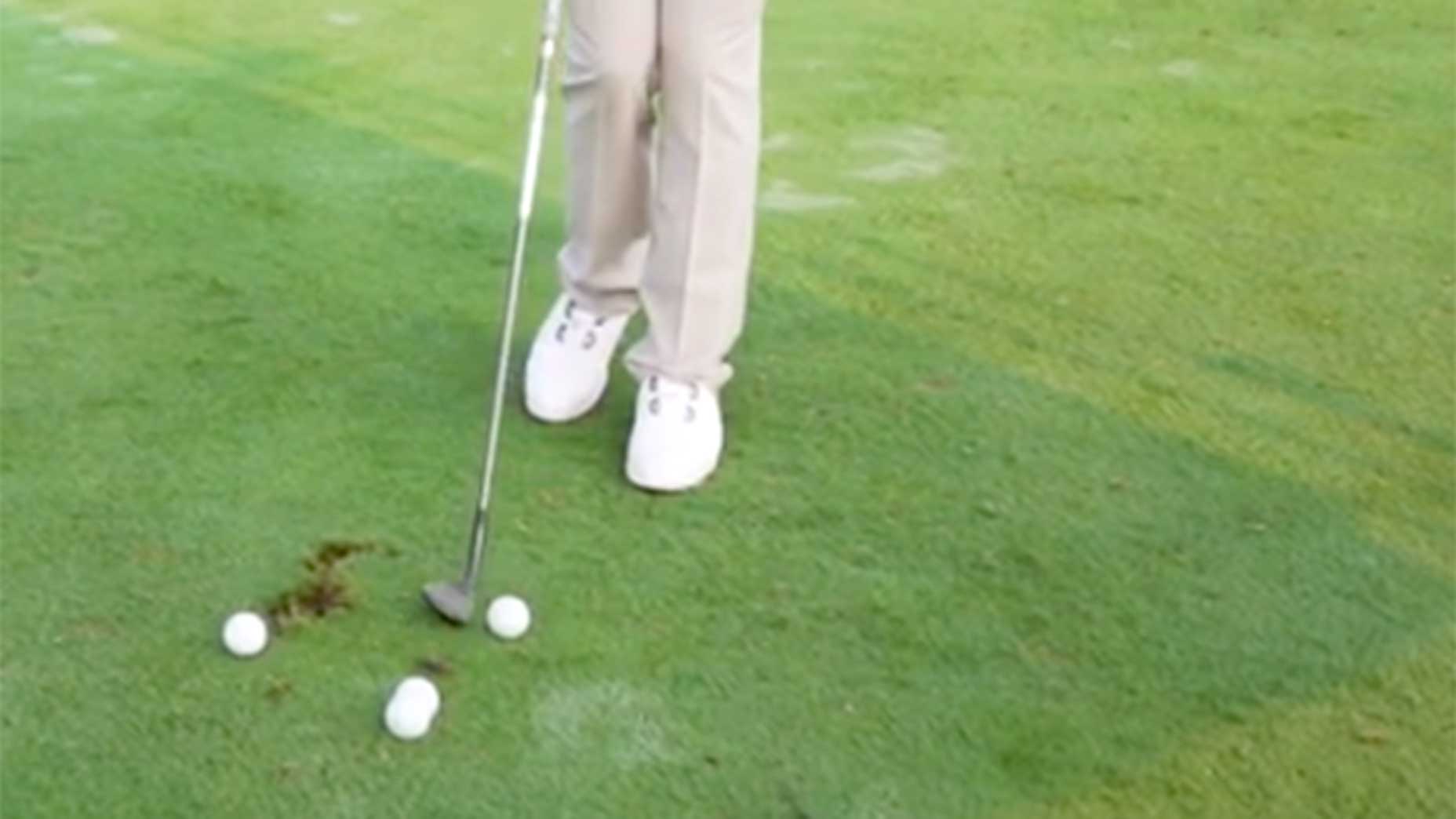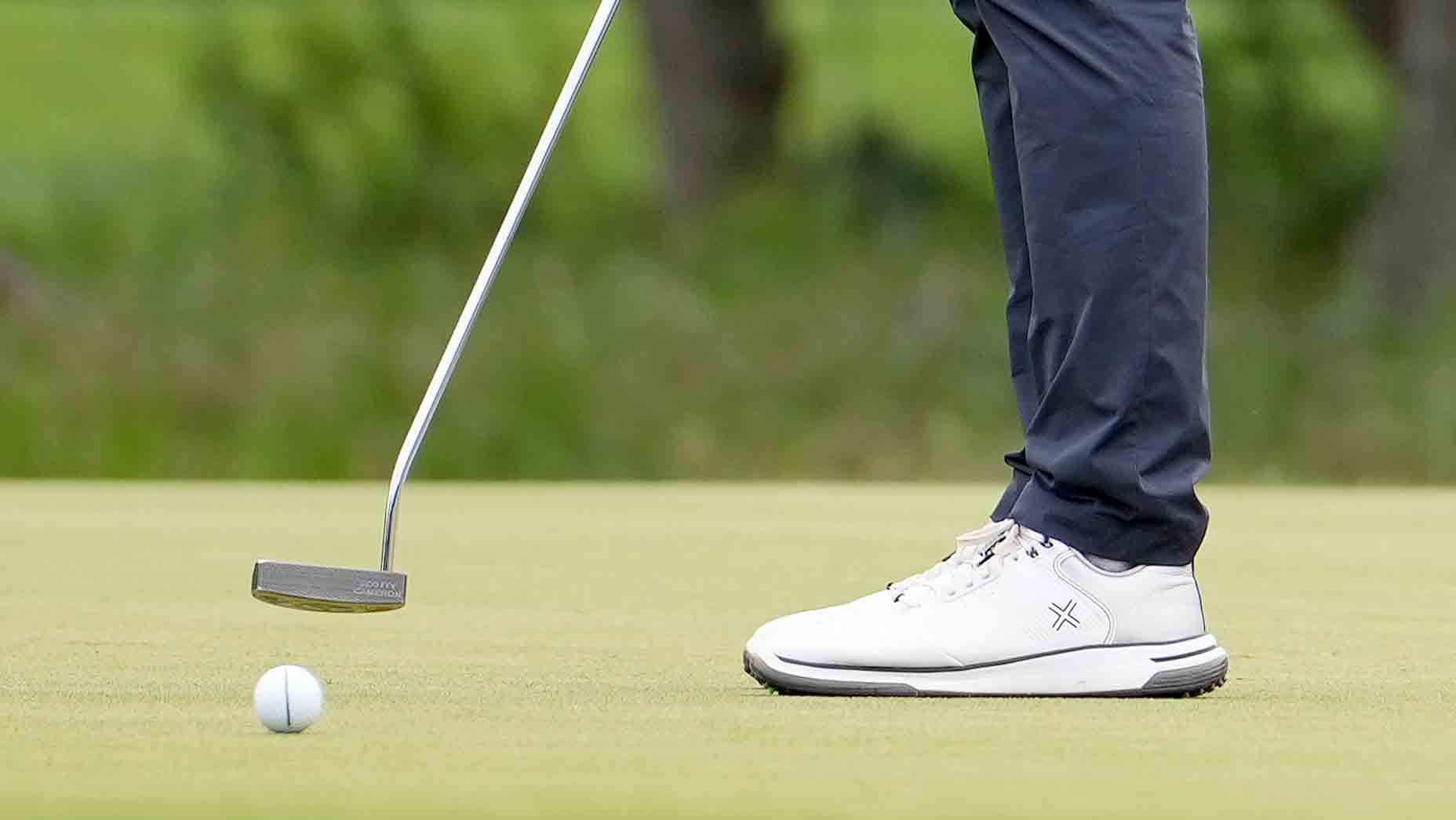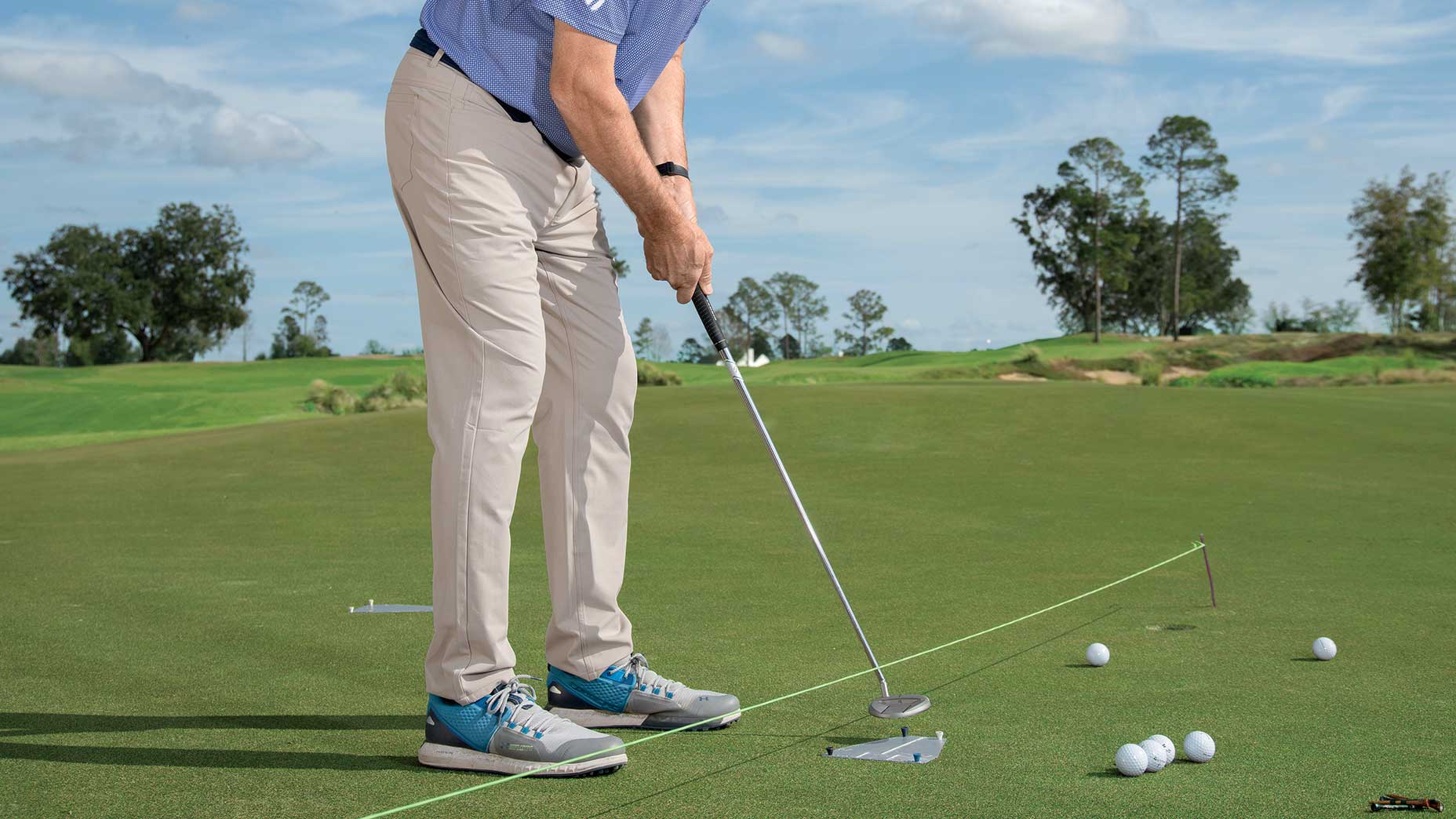As golfers get older, that means they usually lose distance. And as they continue to age, that also means their scores get higher. That’s the nature of the game.
But there are ways for aging or senior players to slow an increasing handicap, and the best way, according to GOLF Top 100 Teacher Todd Sones, is to work on those key short-game chips and pitches.
“Most senior players, around the greens they are hitting fat and thin shots, topping the golf ball … they are not hitting as many greens in regulation anymore, but they are probably getting it around the green, so to me that 20- to 30-yard shot becomes super important to them,” Sones said. “If you can get them to make decently solid contact, get it up on top of the green surface and work on their lag putting, they can score decently. As soon as their chipping and pitching goes awry, they are going to shoot big numbers.”
The 4 best tips from Tiger, Rory, Jordan and JT during The MatchBy: Zephyr Melton
Sones says it also helps to have a change in mindset. Too many bogey golfers have the goal that they need to save par, but to him those players need to worry more about defending bogey and avoiding the round-killing big numbers.
As for practicing and pulling off shots from that key short-game range, Sones said it’s crucial to make sure your weight shift is correct.
“Making sure they are more on the left side at impact (for right-handed golfers), and not their right side and try to scoop the ball into the air — which a lot of them do,” Sones said. “Use the loft of the golf club to loft the golf ball instead of the body. If you can get that happening, they score decently. The game is not fun, and it’s embarrassing, when you start blading shots around the green.”
As for a drill to focus on this chipping issue, here’s one Sones recommends.
The flamingo drill
Below is a video from Sones’ personal YouTube channel you can watch and replicate to improve this crucial part of your game. (He actually told me he called this the flamingo drill, but in the video he calls it the stork drill. But hey, names evolve, so I digress.)
For this drill (which starts at 3:07 in the video below), take your normal stance and then take your lead foot and bring it back so it’s closer in line with the golf ball (centered under your sternum). Then take your trail foot and pull it back behind you, away from the golf ball, and touch your knees together. Like this:

“You want your (back) toe pretty much lined up with your instep. I call it a single-pivot point — I’m pivoting right around the single leg,” Sones said. “A lot of people, you give them two legs, and they hit off the back leg, so this gets them really centered and pivoting around the front leg. So you lift the heel (on the back foot) — this is important — and if I put my (back) toe even with my instep, and lift my heel, I’m going to learn how to pivot this way.”
Then start hitting shots. You’ll quickly get that feel down. Check out the video below.
Want to overhaul your bag for 2022? Find a fitting location near you at GOLF’s affiliate company True Spec Golf.











